Freelance Food Videographer 2025: Step-by-Step to Your First Paid Gig
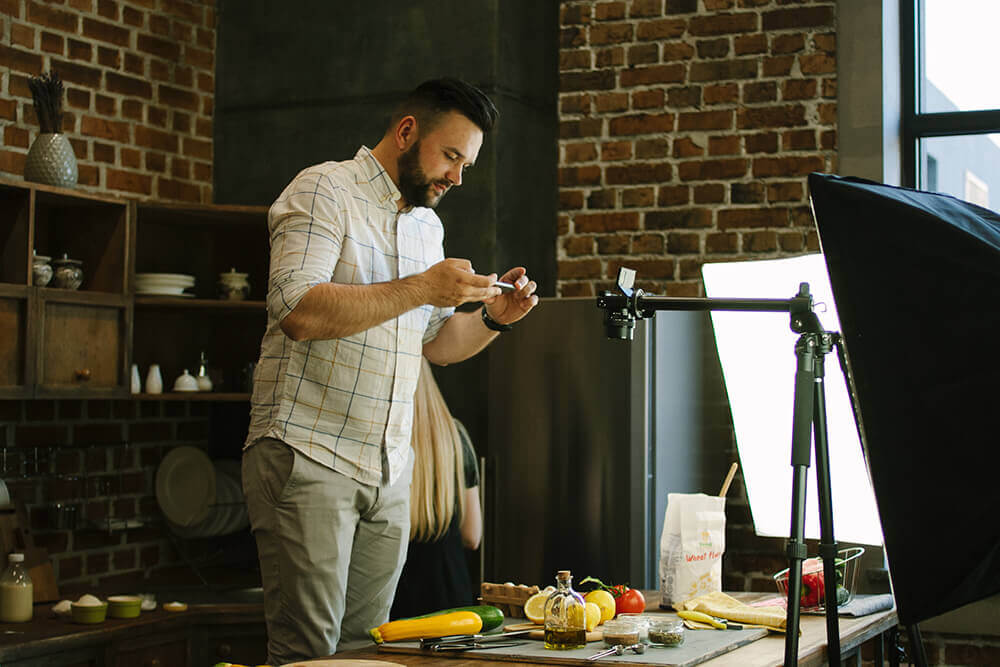
Introduction
Hey there, future food videographer! If you’re anything like me, you’ve probably drooled over cinematic shots of sizzling steaks or perfectly drizzled sauces on social media and thought, I want to create that. Food videography can be an incredible way to combine your love for visuals with the joy of discovering new cuisines and telling appetizing stories. But where do you even begin?
In this blog post, we’ll dive into the step-by-step process of becoming a freelance food videographer—from picking the right gear and building a portfolio to landing your first paid gig. Ready? Let’s get cooking!
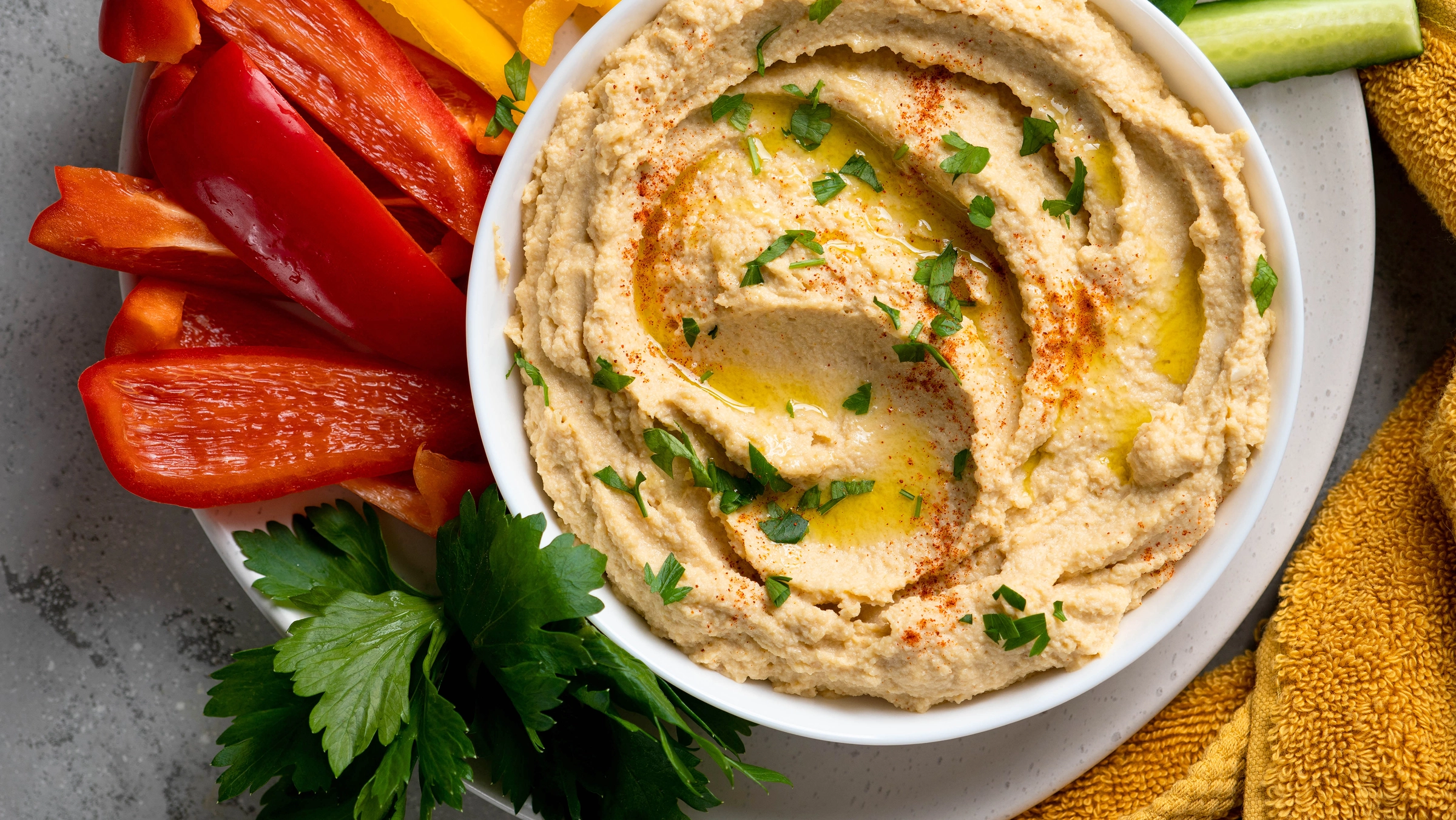
1. Hone Your Skills and Gather Essential Equipment
Practice, Practice, Practice
Shoot at home: Start with your own meals or simple ingredients to get the hang of angles, lighting, and composition.
Try different techniques: Experiment with slow-motion shots, overhead angles, and close-ups of textures.
Must-Have Gear
DSLR or Mirrorless Camera: A basic DSLR or mirrorless camera is a perfect starting point. You can upgrade lenses or the camera body as you grow.
Tripod: Keep your shots steady. Food videos often need a rock-solid frame—especially overhead or time-lapse shots.
Lighting: While natural light can be fantastic, consider investing in softboxes or a ring light to maintain consistency.
Reflectors & Diffusers: Manage shadows and create a balanced look for your dishes.
Editing Software: Adobe Premiere Pro, Final Cut Pro, or DaVinci Resolve—pick one that fits your style and learn its ins and outs.
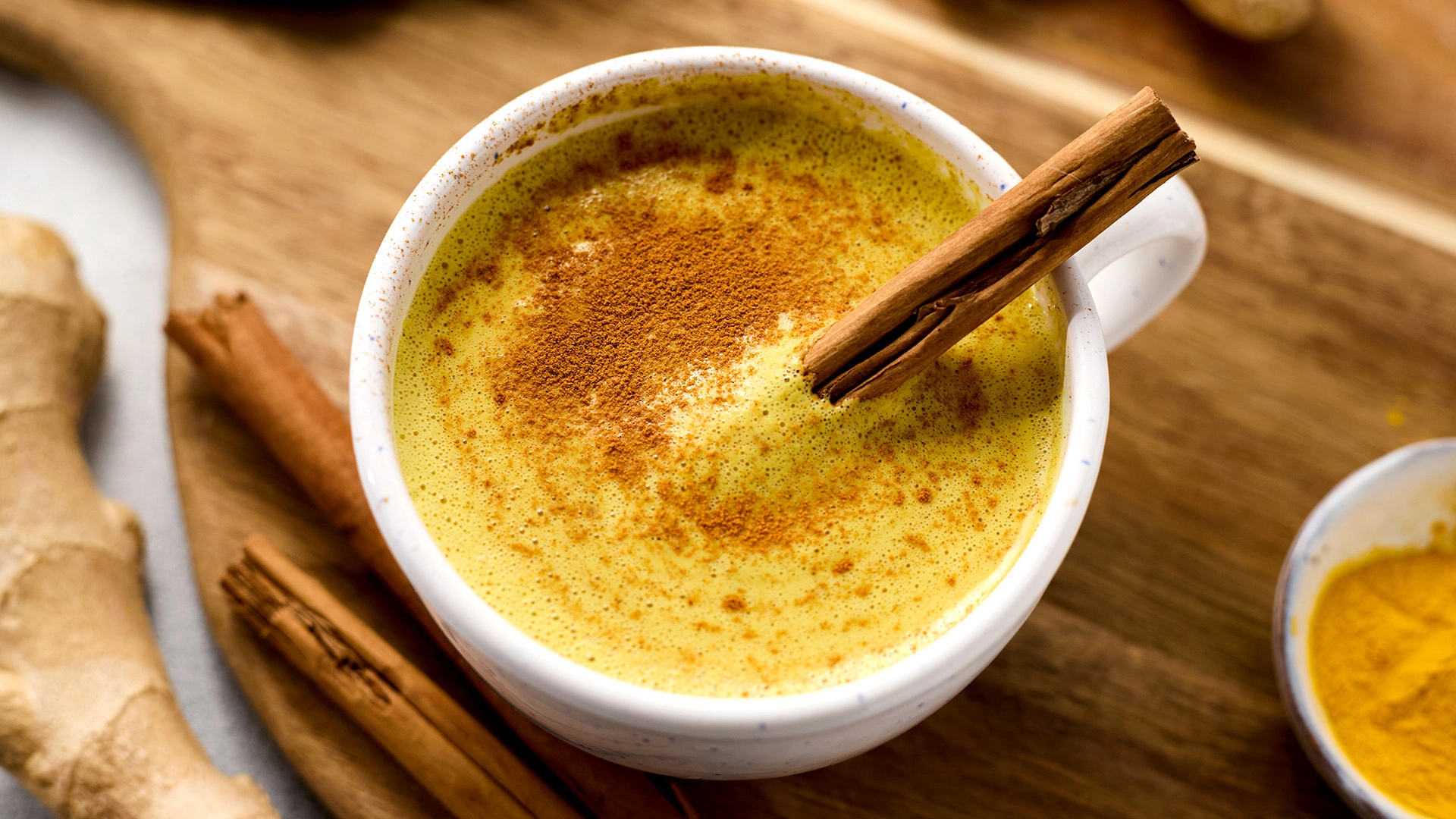
2. Build Your Portfolio (Even If You’re Brand-New)
Breaking into food videography can seem daunting when you’re just starting out. You know you’ve got the passion—but how do you demonstrate your skills to potential clients? The answer lies in building a strong portfolio. Whether you’re brand-new to the scene or looking to rebrand yourself, the key is to showcase what makes your style and storytelling unique. Below is a roadmap to help you get started on building an impressive food videography portfolio.
Start Small & Get Creative
Personal Projects: Make Your Kitchen Your Studio
Sometimes, the best projects come from your own kitchen. Practice by filming your breakfast routine or experimenting with different plating styles. Try various cuisines or even document how a single ingredient can be transformed into multiple dishes. This doesn’t have to be complicated or expensive—just focus on capturing the food in its best light. Through these personal projects, you’ll develop a sense of composition, lighting, and pacing that fits the food videography niche.
Tip: Don’t be afraid to try new techniques—slow motion, macro shots, or overhead angles. Every small experiment fine-tunes your ability to capture mouthwatering visuals.
Friends & Family: Start With Familiar Faces
Chances are, you already know people who love to cook or bake. Offer to film them preparing their signature dish. Not only will you sharpen your camera and storytelling skills, but you’ll also build confidence in directing and guiding on-screen talent. And because you’re working with those close to you, the environment is less stressful than a professional kitchen.
What You Gain: Real-life practice in shooting, editing, and managing the entire videography workflow without the pressure of official client expectations.
Local Cafés & Restaurants: Collaborate for Experience
Once you’ve got a few personal and family-focused videos under your belt, it’s time to take a step further. Reach out to small local cafés, food trucks, or bakeries and offer to create a short promotional video for them—perhaps at a discounted rate or even for free if you’re truly brand-new. This is not just about getting footage for your portfolio; it’s also about understanding how to work with real clients, handle feedback, and deliver a final product that meets professional standards.
Approach Tips
Email or In-person Pitch: Make your message concise and highlight the value you bring.
Emphasize Professionalism: Even if you’re a beginner, show that you take deadlines, communication, and quality seriously.
Negotiate Usage: Let them know you’ll be using the footage in your portfolio and on social media, which can also benefit them by increasing exposure.
Create a Demo Reel
A demo reel acts like a “movie trailer” for your videography services. Keep it short—30 to 60 seconds—and pack it with your best shots. Potential clients want a quick taste of your style and skill, so make sure to include:
Diverse Angles: Overhead shots, close-ups, slow-motion drips of syrup—whatever you’ve got that adds visual interest.
Varied Foods: Highlight the fact that you can film anything from sizzling steaks to delicate pastries to colorful smoothie bowls.
Snappy Editing: A dynamic yet seamless flow that shows off your post-production prowess without overpowering the food.
Music & Transitions: Choose a track that complements the vibe of your footage. Subtle transitions and color grading can elevate the reel, but keep the food as the star of the show.
Bonus Tips to Elevate Your Portfolio
Consistency in Style: While experimentation is crucial, try to maintain a recognizable style or theme across your projects. This helps clients quickly identify your work.
Social Media Teasers: Post bite-sized snippets of your work on Instagram, TikTok, or YouTube to pique curiosity and attract new inquiries.
Invest in Basic Equipment: You don’t need the most expensive gear to start. Focus on good lighting and a camera that can shoot in at least 1080p (Full HD). Over time, you can upgrade as your business grows.
Building a compelling portfolio when you’re new to food videography isn’t about instantly landing five-star restaurant clients. It’s about starting where you are—with your own plate, your neighbor’s kitchen, or a local café—and allowing your creativity to shine through each project. By taking small, intentional steps and consistently honing your craft, you’ll soon find yourself with a portfolio that not only demonstrates your capabilities but also differentiates you in a crowded marketplace.
Remember: your camera lens is a storyteller, and every dish you capture has a story to tell—begin your journey by telling the stories closest to you. As you refine your technique and grow your confidence, clients will notice your passion and skill, and your portfolio will stand out in the ever-evolving world of food videography.
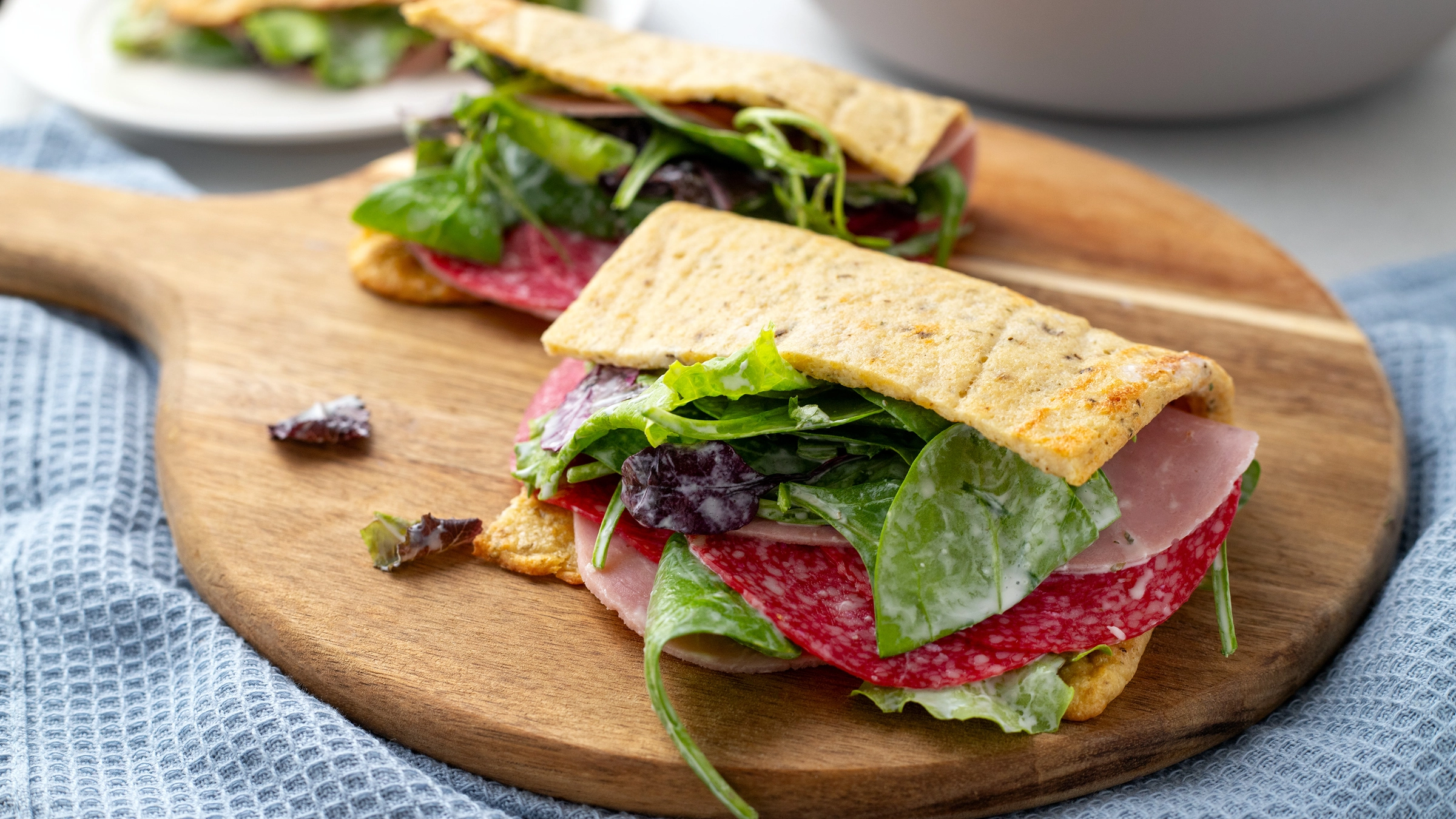
3. Get the Business Basics in Order
Legal & Insurance
Business Registration: Check local regulations to see if you need to register as a business or obtain specific licenses.
Insurance: Consider liability insurance to protect yourself and your gear.
Contracts
Templates: Source a reliable contract template online or consult a legal professional.
Key Clauses: Make sure to outline deliverables, timelines, revision policies, payment terms, and cancellation policies.
Pricing Strategies
Research the Market: Look at local videographers to gauge baseline rates.
Beginner-Friendly Rates: While you may start lower, avoid undervaluing your work. Factor in shooting and editing hours plus equipment costs.
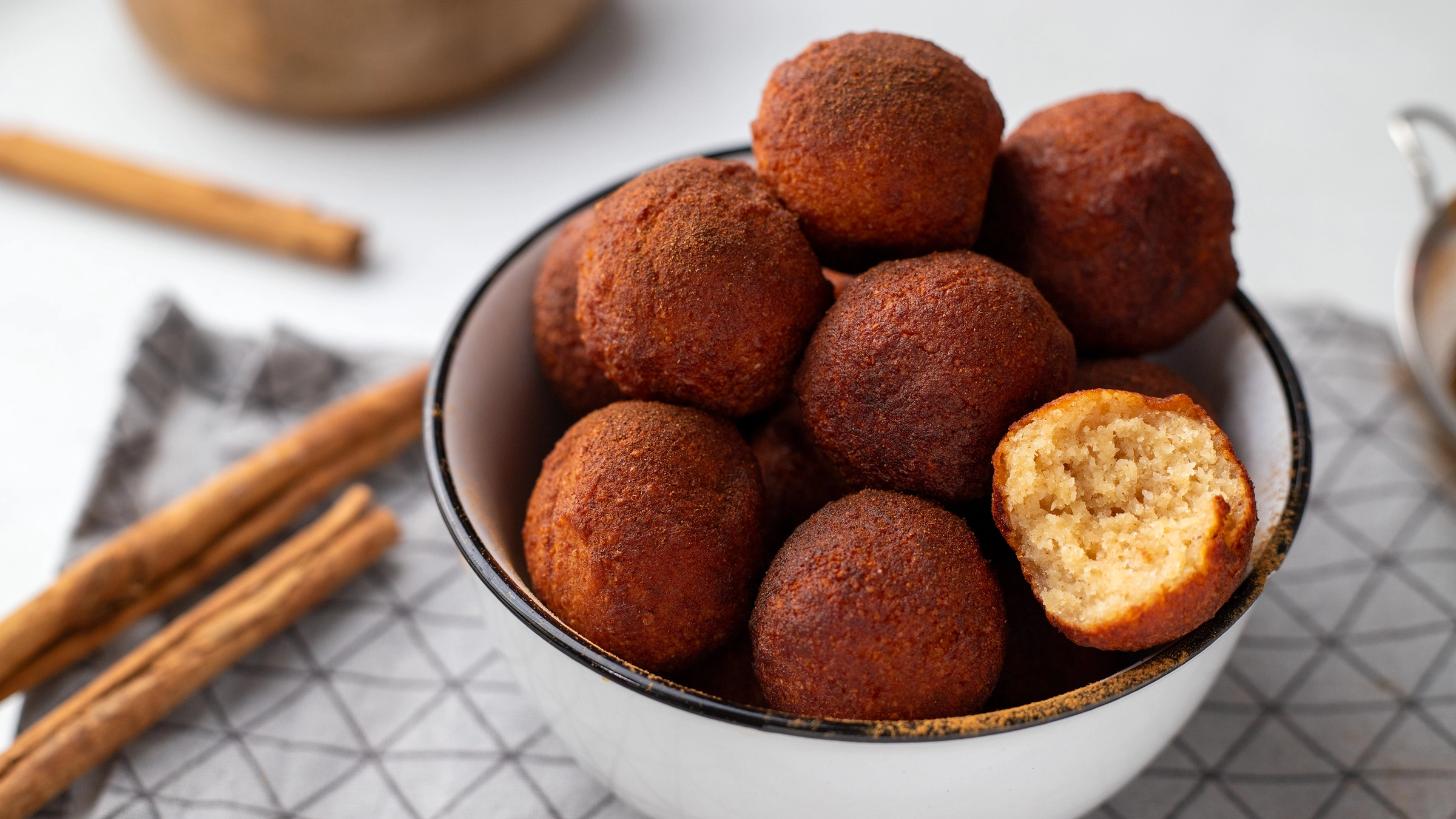
4. Create an Online Presence
Website & Portfolio
Showcase Your Best Work: Dedicate a section for videos, highlight reels, or stills.
About Me Page: Share who you are, your background, and why you love food videography.
Social Media
Instagram & TikTok: Perfect for posting short, mouthwatering clips—use relevant hashtags and tag foodie pages.
YouTube: Great for longer content, behind-the-scenes clips, or tutorials.
Consistency: Develop a cohesive aesthetic and posting schedule to build your brand’s identity.
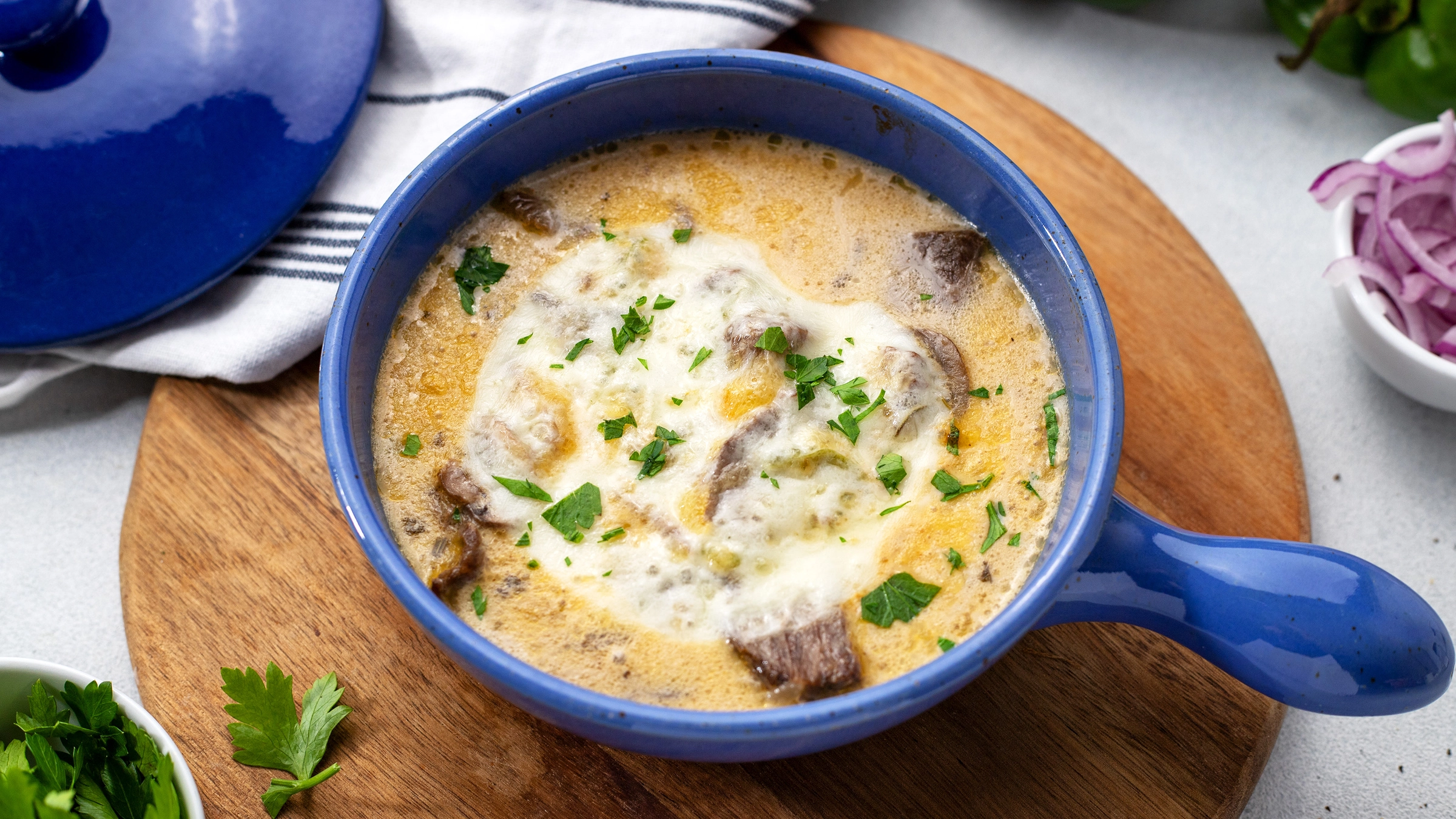
5. Network and Market Yourself
Local Connections
Food Events & Workshops: Attend local pop-ups or cooking classes; consider filming events to build relationships and exposure.
Collaborate with Bloggers & Chefs: Offer to film recipe demos or short promotional videos—tapping into their audiences.
Online Outreach
Cold Emails: Keep them concise and personable. Mention how you found their brand and how your services can help.
Social Media DMs: Sometimes a short, friendly message on Instagram or Facebook can open the door to collaboration.
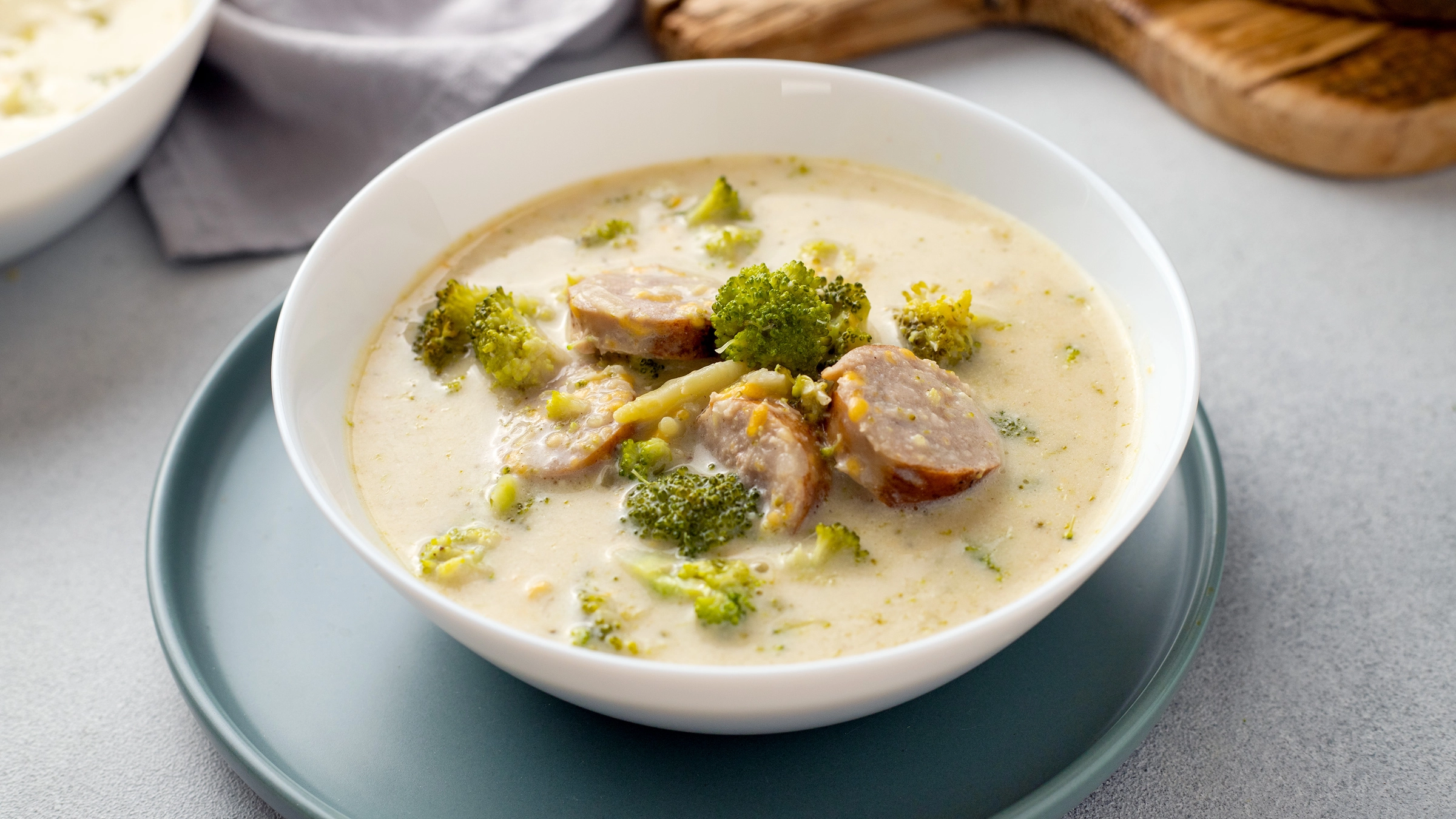
6. Land That First Paid Project
Strategic Discounts & Freebies
Introductory Offer: Provide a special rate for first-time clients to build trust and gain experience.
Value Exchange: If you’re offering a free shoot, be sure to collect testimonials, social media tags, or referrals as part of the deal.
Professionalism Counts
Proposals: Outline your vision, timeline, deliverables, and pricing to stand out as organized and serious.
Deposits & Invoices: Request a deposit (commonly 50%) upfront. Use platforms like PayPal, Venmo, or bank transfers for convenience.
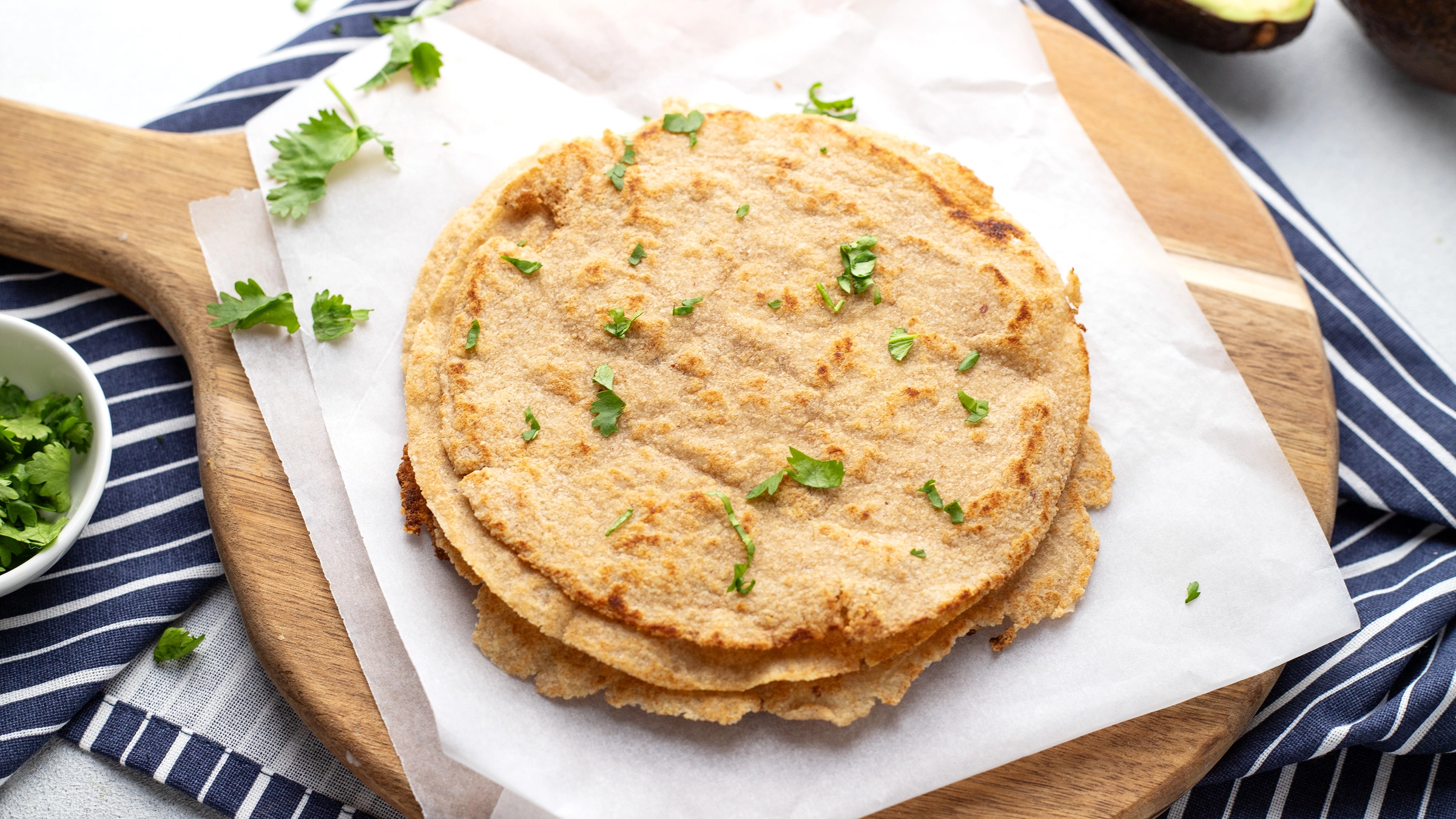
7. Deliver Quality Work & Ask for Referrals
Quality Control
Attention to Detail: Consistency in lighting, color grading, and composition is crucial. Food should look vibrant and delicious.
Professional Edits: Keep transitions clean and tasteful. Consider minimal text overlays or background music where appropriate.
Gather Testimonials
Ask for Feedback: If your client loves your work, request a testimonial or review.
Referrals: A happy client is your best marketing tool—ask them to spread the word.
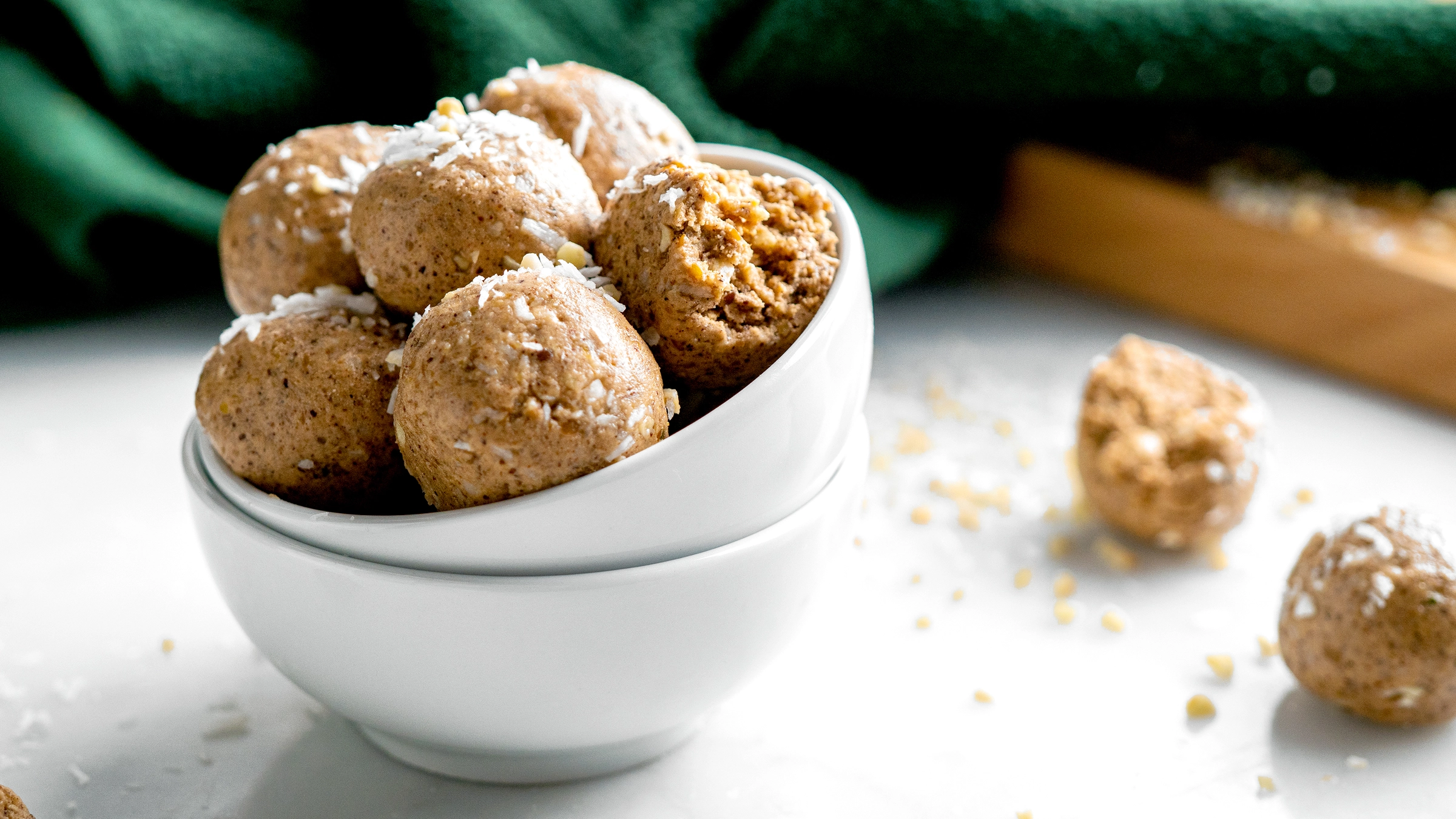
8. Keep Learning & Stay Inspired
Online Tutorials & Courses: Platforms like Skillshare, Udemy, and YouTube are full of valuable tips.
Stay on Top of Trends: Overhead shots, stop-motion clips, and short recipe reels are always in demand.
Experimentation: Regularly try new filming styles, lighting setups, or editing techniques to keep evolving.
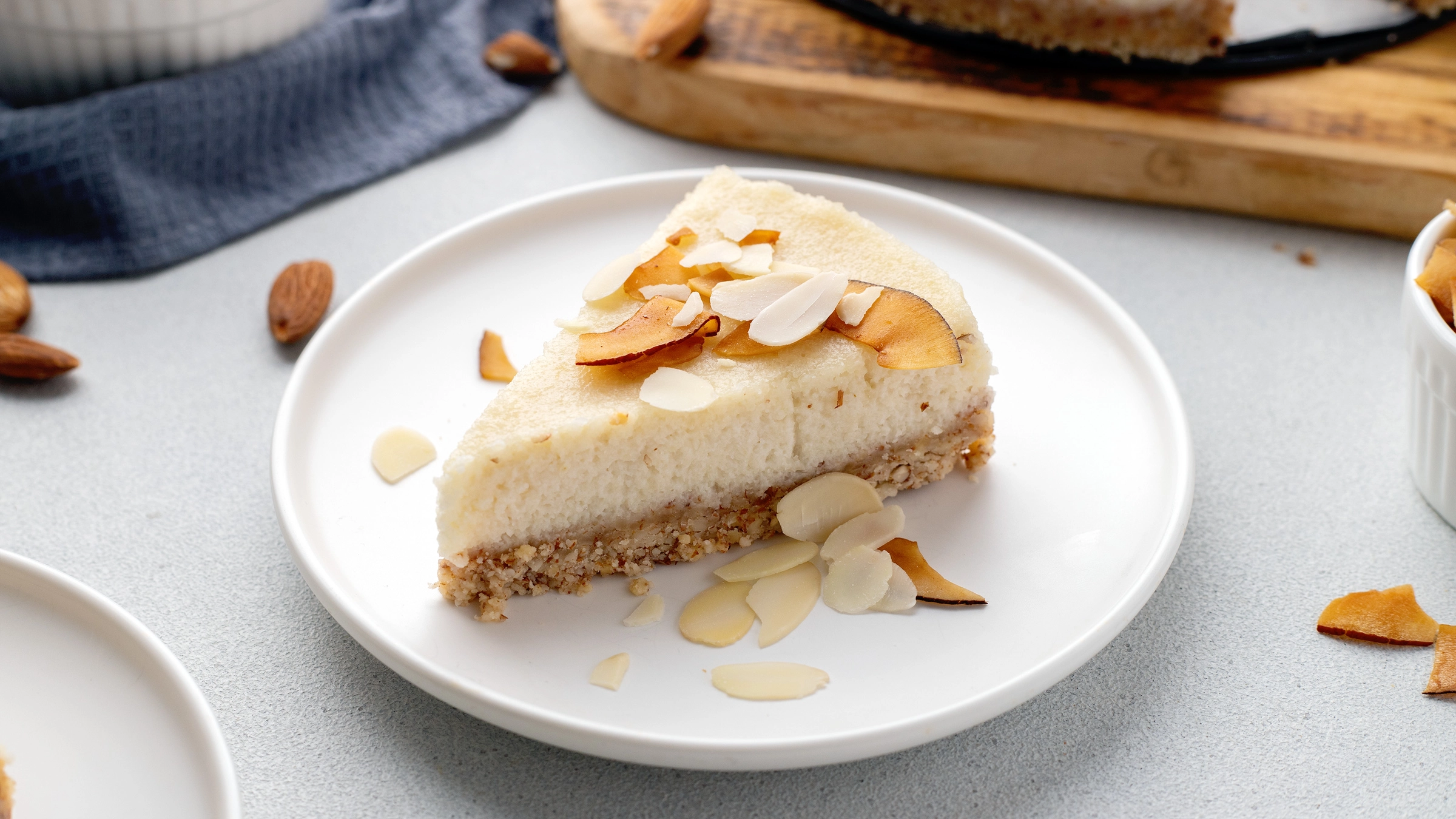
9. Scale & Specialize
Discover Your Niche: From desserts to commercial ads, specializing can help you stand out.
Expand Your Services: As you grow, consider offering photography, social media management, or recipe writing.
Conclusion
Venturing into freelance food videography is both exciting and rewarding. The key is to balance creativity with professionalism—practicing your craft, showcasing quality work, and building genuine client relationships. Don’t be afraid to start small or offer discounts when you’re just getting started. Each project is a stepping stone toward refining your skills, expanding your network, and ultimately landing higher-paying gigs.
Above all, have fun in the process! You’re capturing the sizzling and savory magic of food—what could be better than that? Happy filming and may your journey be as fulfilling as the dishes you showcase.

Have questions?
Ask in DM. I’d love to hear about your journey and help you succeed as a freelance food videographer.
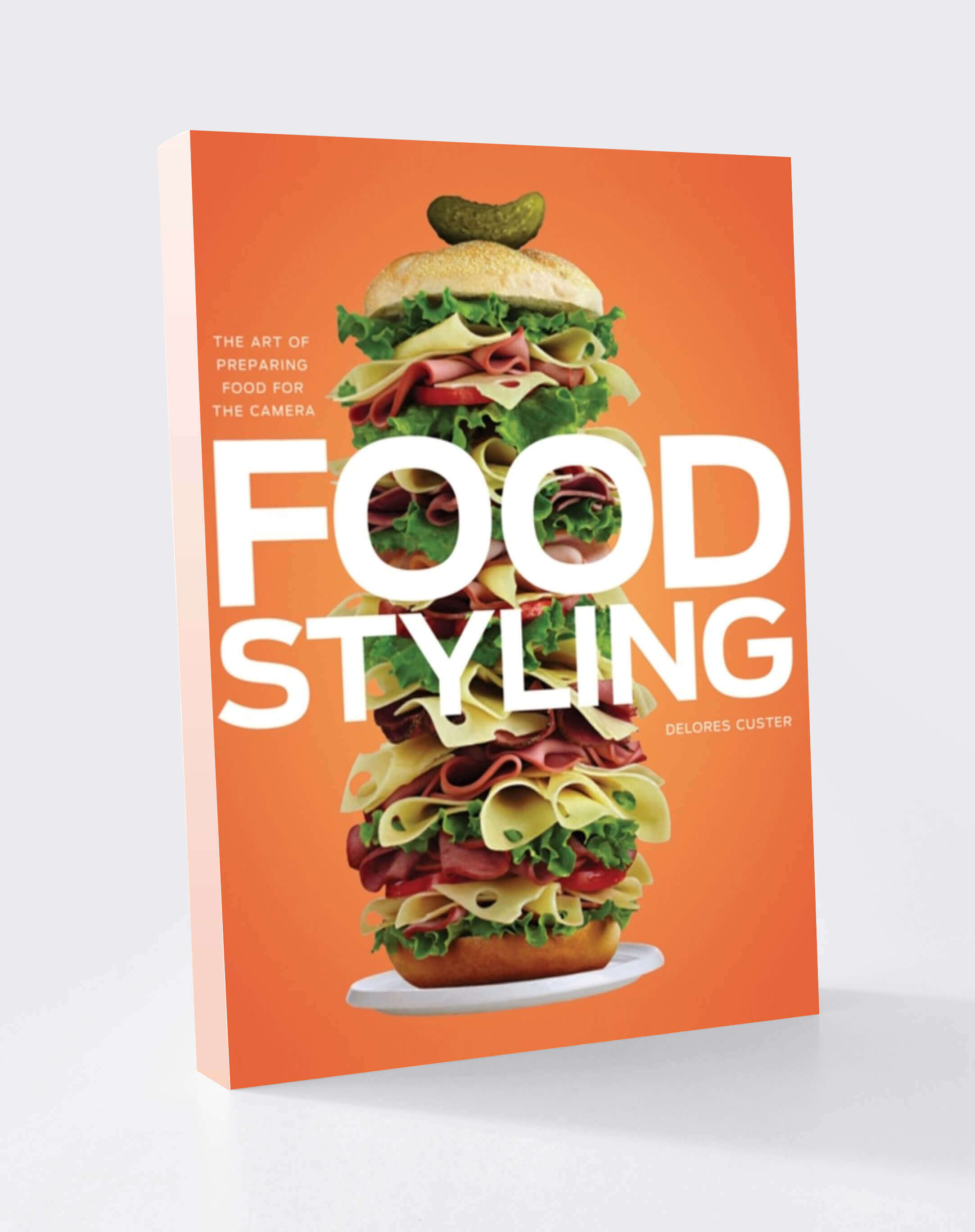 Food Styling: The Art of Preparing Food for the Camera (book review)
Food Styling: The Art of Preparing Food for the Camera (book review)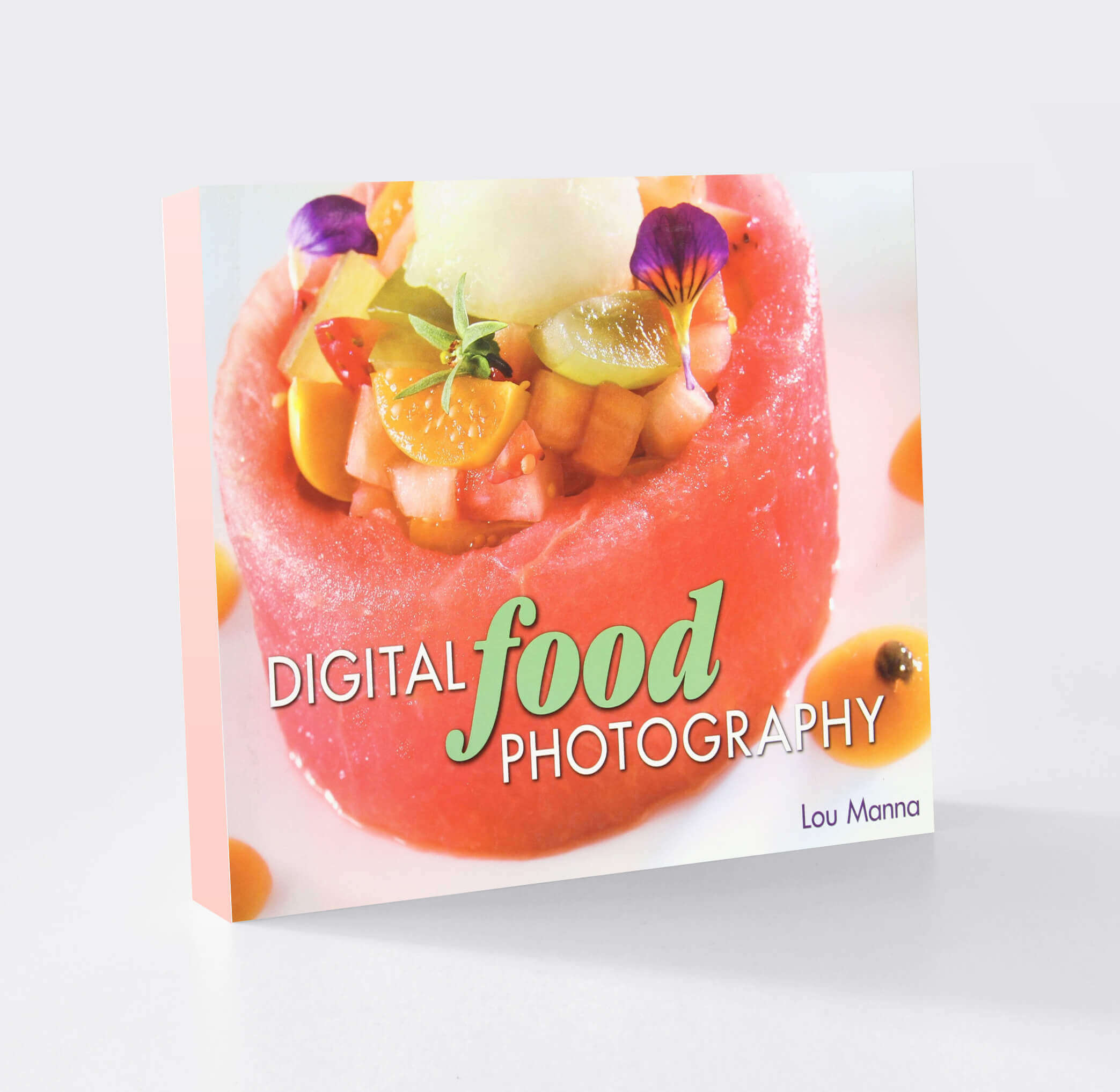 Digital Food Photography
Digital Food Photography